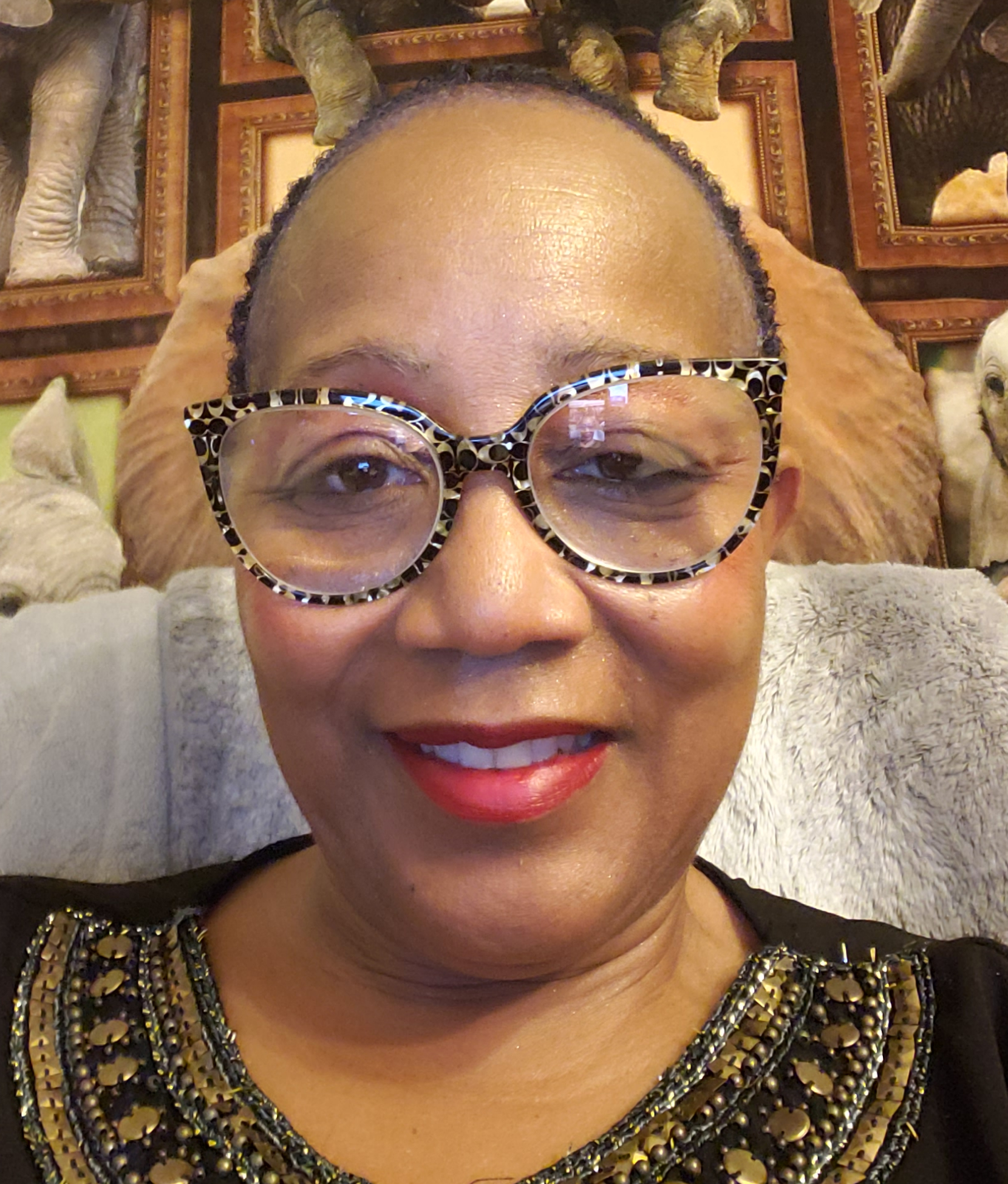Racial disparity in healthcare is a topic that Andrea Trudelle knows all too well: Her 43-year-old sister died of breast cancer. Her 45-year-old brother died of colon color.
Despite both types of cancer being more prevalent in younger Black patients than other populations, both were too young to get the covered preventative screenings that would have caught their conditions early enough to treat them.

“They were waiting on their year [for screening] to come. The cancer came before the year,” said Trudelle, former global benefits leaders at NVIDIA and Box, during a Wednesday keynote session at the Health & Benefits Leadership Conference on benefits leaders’ role in addressing racial inequities. Most employers design their healthcare benefits around the health issues impacting their largest population–predominantly white employees–leaving the risks facing other communities of workers unaddressed.
“These things are happening; Andrea has personal stories of them, I have personal stories of them,” added Jessica Brooks, president and CEO of the Pittsburgh Business Group on Health during the panel discussion, which was moderated by Jennifer Benz, senior vice president and communications leader of Segal Benz.
And, if employers truly engage with all employees, such as through employee resource groups, they’ll hear those stories as well.
“Be willing to listen,” Brooks said. “Create authentic relationships so you hear [those stories] and, when you do, listen to them. And take action.”
There’s never been more momentum for employers to take action, Brooks noted. In response to the national reckoning on racial injustice that gained considerable steam last year, many employers sought to strengthen their diversity, equity and inclusion strategies. Instead of “clickbait” anti-racism initiatives launched only in response to the moment, she said, employers should look inward to their ERGs and work with the “population of people there who are willing to put their hearts on the line to solve for these issues,” she said.
Benz agreed that there is “tremendous opportunity, desire and pressure” for employers to play a significant role in driving change around racial inequities in healthcare and benefits design. Such issues have gone unaddressed for too long, the speakers said, in part because people of color were not centered in corporate DE&I strategies–leading to a dearth of data, including related to health, and ultimately to a lack of momentum.
While the police killings of unarmed Black Americans raised the profile of racial inequity, so too did COVID, Trudelle noted, as people of color continue to suffer disproportionate risks from the disease.
“COVID brought to life the systemic issues that people of color have been dealing with for years,” Trudelle said. Employers are now “jumping on the bandwagon” to address these issues, she noted, largely because advocates are “being so loud about it. But [employers] hadn’t had an interest in resolving this issue because they hadn’t look at it as a concern in the past.”
Now that awareness is being raised, Benz noted, white individuals, especially benefits leaders and those in the C-suite, are going to have to have some uncomfortable conversations.
“It’s uncomfortable for white people to have this awareness of, ‘Oh, I can see that these systems are causing harm, and I had the privilege of not needing to see that before,’ ” Benz said. “There’s so much potential for white benefits and HR leaders–as well as other benefits and HR leaders–to really dig into these issues and take action accordingly.”
See also: 5 reasons to attend the Health & Benefits Leadership Conference
Among the actions that benefits and HR leaders can take include strategically redesigning benefits to directly respond to healthcare disparities facing certain populations. For instance, with higher rates of breast cancer among Black women, does plan design allow for earlier screening? Is the co-pay a barrier? Consider that people of color are also dealing with pay inequities, and that can influence healthcare outcomes as well.
Leaders need to be much more intentional about considering all of these potential harms–as disparate effort is needed where disparate outcomes are seen, Brooks said.
“Think about our responsibilities and the role we played in creating the harm that is being done,” Brooks added. “It’s safer now to assume we’ve been doing harm than not doing harm.”
Accountability is another key factor. Work with benefits brokers, vendors and consultants who adhere to anti-racist principles; even sit through anti-racism training with them and work together to create culturally competent strategies, Brooks said.
Look at racial inequality from a broader lens as well, she added, noting that employers need to “be visible” on all of the drivers of public health disparities.
Confront stigma around mental health, especially among people of color. Advocate for police reform. Speak out against voter suppression. Make it easier for employees to participate in elections. Support community efforts that advance aspiring healthcare providers of color, to help diversify the pipeline and garner better representation. Use office space to hold community meetings between police and the community.
“There’s so much that we can do that if we don’t do something,” Brooks said, “we’re choosing to be part of the problem.”
*
Conference sessions will be available through June 11. Click here to see this entire session.





